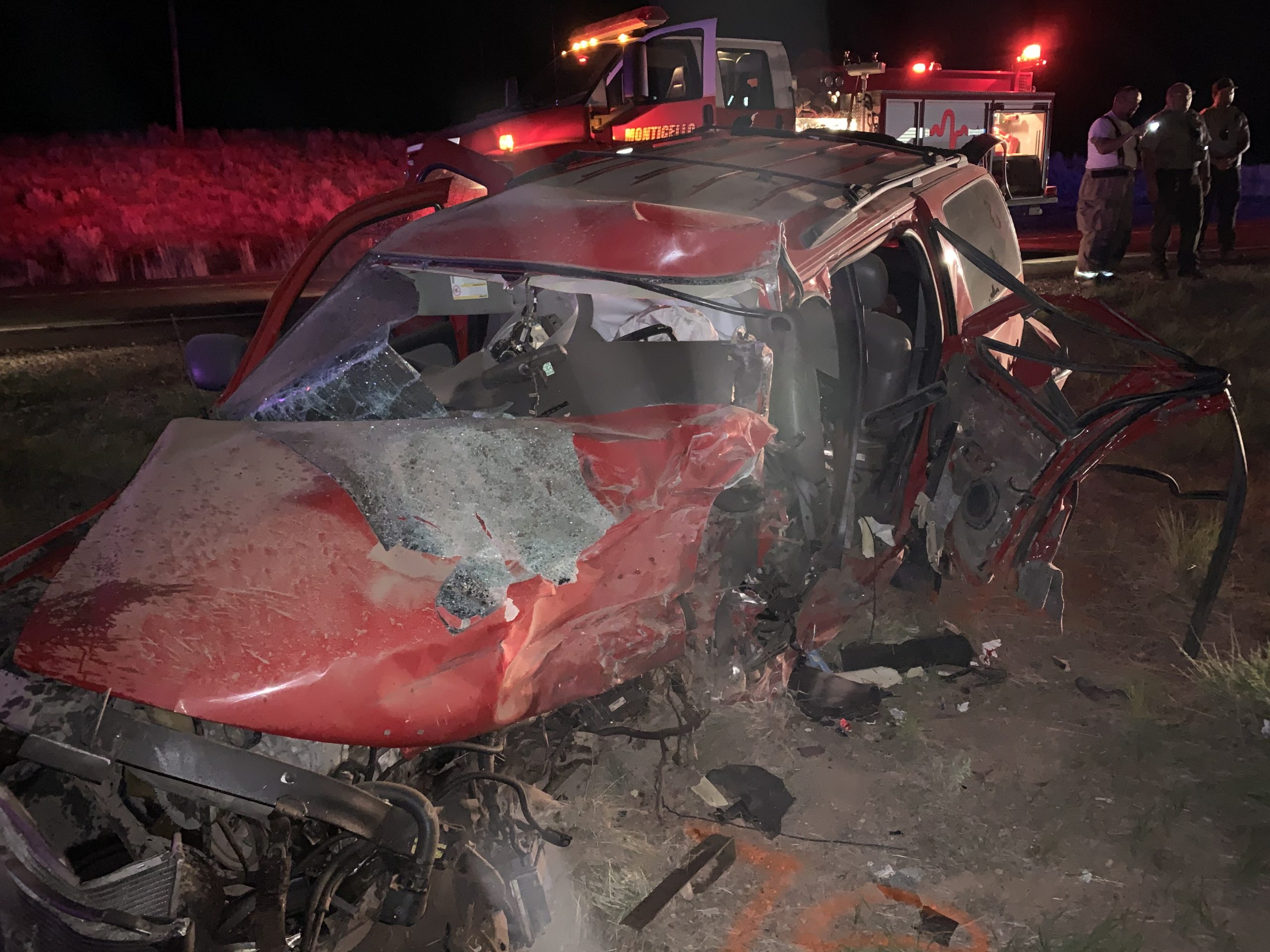Commissioner
Commissioner Squires Releases Information on .05 BAC Change
The Utah Department of Public Safety (DPS) has passed along the following information to Utah Chiefs and Sheriffs in regards to the impending change of the blood alcohol content (BAC) from .08 to .05. Along with a letter from Commissioner Squires, the DPS’ Utah Highway Patrol produced a .05 BAC Fact Sheet. Its purpose is to serve as a reference for law enforcement and the public. Below is a PDF copy of the fact sheet.
“As a department, we do not expect a significant change for law enforcement and how DUI enforcement is currently handled,” said Utah Department of Public Safety Commissioner Keith D. Squires. “Law enforcement officers in Utah, consistent with national standard, are trained to make arrests for DUI based on impairment and the inability to safely operate a motor vehicle.”
Until the new .05 limit takes effect December 30, 2018, DPS will communicate and work with our law enforcement partners and public stakeholders as this change is implemented.
To read Commissioner Squires’ full letter to the Utah Chiefs and Sheriffs regarding the BAC change to .05, click here.
The Department of Public Safety’s 0.05 BAC Fact Sheet March 2017. Full text can be found below.
——————-
The presence of alcohol, even at a level under the .08 BAC limit, presents a danger on Utah Roadways.
- Between 2006 and 2015, there were 23 fatal crashes in Utah involving a BAC between .05 and .07. 1
- Data gathered by the National Highway Traffic Safety Administration (NHTSA) shows that an individual with a .05 BAC is more than two times more likely to be involved in a crash than an individual with no alcohol in their system. 2
The goal of DUI enforcement efforts will continue to be the detection and removal of impaired drivers from Utah roadways.
- The Utah Highway Patrol provides significant training on DUI enforcement to troopers and members of other law enforcement agencies across the state.
- The current training dictates that law enforcement officers should make DUI arrest decisions based on impairment detected during the entire investigation (or, in other words, the driver’s inability to safely operate a vehicle).3
- Currently significant changes in the approach to training are not anticipated in light of the newly passed .05 BAC limit; the focus will remain on the detection of impaired drivers. This allows officers to identify impaired drivers, whether the impairment is caused by alcohol or drugs.
Reduced legal BAC limits have occurred before. Utah was the first to change to 0.08.
- In the early 90’s several states, including California, reduced the legal limit from .10 BAC to a .08 BAC. NHTSA investigated the impact this had in California. 4
-
- Although there were public concerns, the reduction had minimal impact on law enforcement training, policies, and procedures. People were arrested for impairment prior to and after the implementation of the law. 5
- The lowering of the legal limit did not create significant increases in convictions or appeals rates. 6
- Arrests between the old BAC and the new BAC remained a very low proportion. In other words, California did not start arresting huge numbers of people at the lower BAC. 7
- However, following the reduction from 0.10 to 0.08, alcohol-related fatalities dropped by 12%.
-
- This study also found that due to the law change: 1) drinking habits did not significantly change, and 2) people were much less likely to drive after drinking.
- European nations that changed levels to 0.05 did see decreases in alcohol-related fatalities of 8-12%, according to the National Transportation Safety Board (NTSB). 10
The amount of alcohol it takes to reach a .05 BAC may be more than people realize.
- There have been adverse reactions to .05 limit, some of which may be based on misconceptions of how many drinks it takes to get to a .05 BAC.
- The amount of alcohol it takes to reach 0.05 is not as relevant as the increased risk of crashing after consuming alcohol. The message remains the same: If you have anything drink, we urge you not to drive.
- While it is true that individuals have differing metabolisms and tolerance levels, during the course of a two-hour dinner an average man would consume 4 drinks before exceeding .05 BAC. 11,12
- The CDC lists the average man in the U.S. as 5’9” and 196 pounds. 13
- A drink consists of 12 ounces of 4% beer, 1.25 ounces (a single shot) of 80 proof liquor, or 5 ounces of 10% wine.
- Many apps and online resources are available for these estimations. Please remember to include the time since the start of drinking when attempting to calculate a BAC.






SHARE THIS STORY